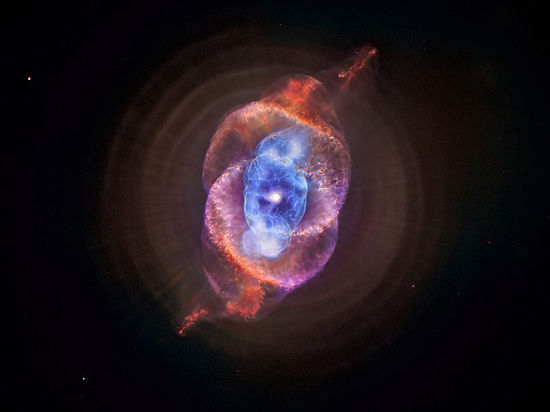Its strange orbit may be related to the influence of the ninth planet of the Solar system whose existence is not yet proven.
Today at 19:17, views: 742
it Seems that scientists have more proof of the existence of the mysterious planet, “Nine”, the ninth in a row in our Solar system. This proof has become the new “ice world” L91 that astronomers have discovered on September 13 with a telescope Canada-France-Hawaii (Canada-France-Hawaii Telescope) that is mounted on the top of the volcano Mauna Kea on Hawaii island.

photo: pixabay.com
Actually, Planet 9, the existence of which was predicted, but not proven, a new heavenly body dwarf planet L91 can bind only her unusually elongated orbit, the formation of which, according to astronomers, is clearly part of some “external forces”.
in General, the new dwarf planet, which was presented on 17 October at a joint meeting of the Department of planetary Sciences of the American astronomical society and the European planetary science Congress, not much is known. In particular, its size and weight are still a mystery. In orbit outside the orbit of Pluto, at the edge of the Solar system, through the so-called Oort cloud, the distance from the Sun to the outer border of which is up to 100 thousand astronomical units (1 a.e. equal to about 150 million kilometers). A complete revolution around the Sun makes open the planet about 20 thousand years, never approaching the Sun closer than 50 astronomical units. The most distant location in the Solar system can be located in 1450.e. from the sun. From this, astronomers conclude that the L91 is one of the most remote from the Sun dwarf icy planets.
As explained “MK” at the Institute of applied astronomy of RAS, TRANS-Neptunian body began to open not long ago, the first of them was opened only in 1992. Now they have thousands, and it allows a new look at the history of the formation of our Solar system. In particular, scientists suggest that L91 has the more circular orbit, but over billions of years the gravitational influence of Neptune could have pushed it to the Oort cloud.
However, this version does not agree Konstantin Batygin of Caltech. In his opinion, all the matter in the gravitational attraction from the ninth planet predicted by him, together with his colleague Mike brown in January of this year.
No comments:
Post a Comment